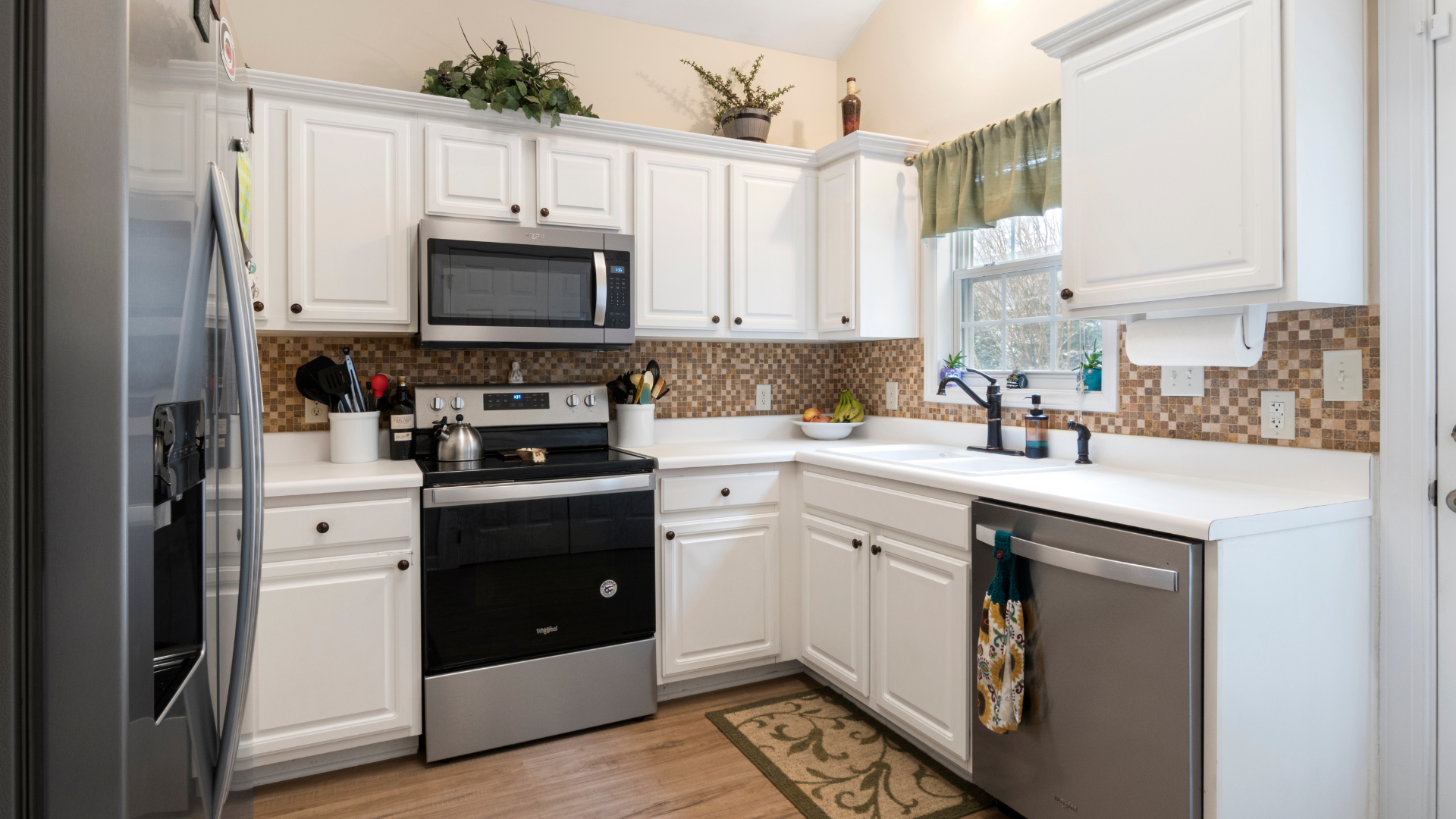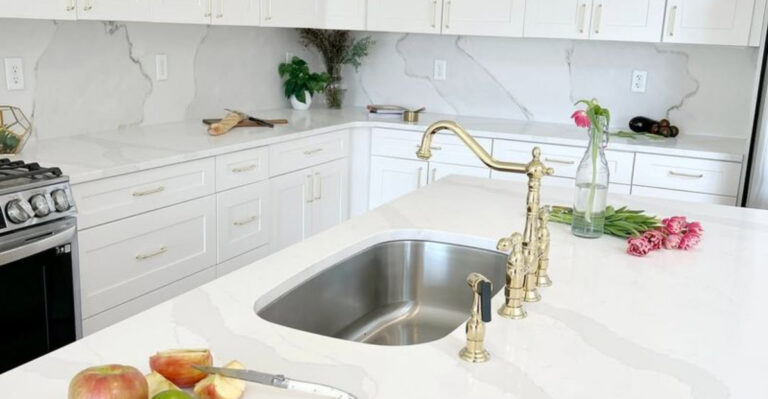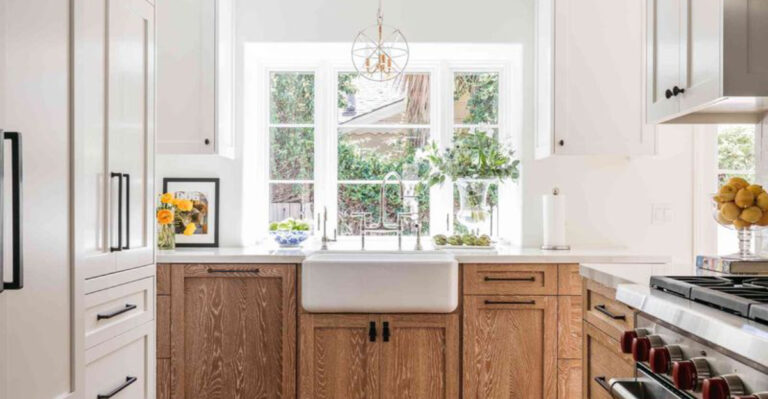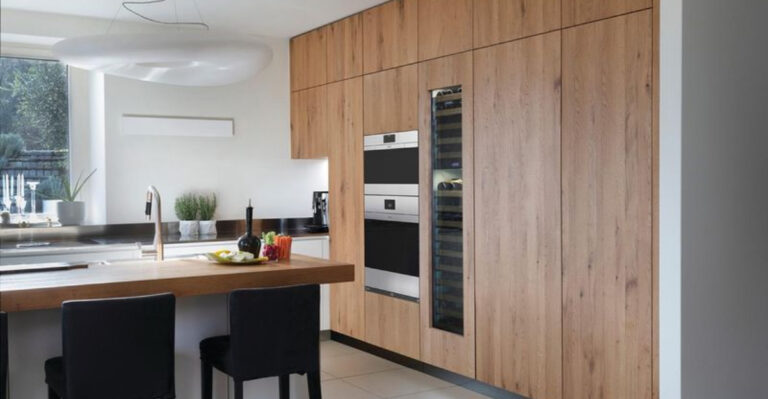20 Colonial Kitchen Ideas For Timeless Charm And Elegance (Plus 10 Tips What To Avoid)
If you’ve ever dreamed of a kitchen that feels like it’s straight out of a charming colonial story, you’re in for a treat! These ideas mix history with style, creating spaces that are a lot functional.
Think classic wooden cabinets and vintage-inspired appliances, with a dash of nostalgia thrown in. I can already picture myself whipping up a meal in one of these kitchens, pretending I’m a colonial-era chef, only with less powdered wig and more coffee.
These designs will definitely make you want to gather around the table for some good old-fashioned charm!
1. Traditional wooden cabinetry with rich finishes
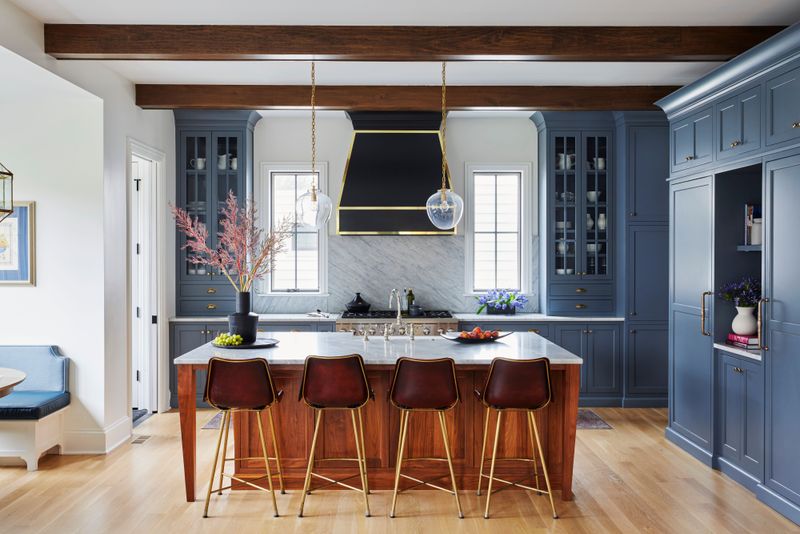
Kitchens used to filled with the warm glow of wooden cabinets. Their surfaces, polished by years of use, whispered stories of family gatherings and culinary creations.
Richly finished wood exudes a depth that speaks of heritage and craftsmanship. There’s a certain magic in the way these cabinets transform a space, making it feel like home.
Perhaps that’s why they remain a beloved choice for those seeking to blend functionality with timeless charm.
2. Exposed wooden beams on the ceiling
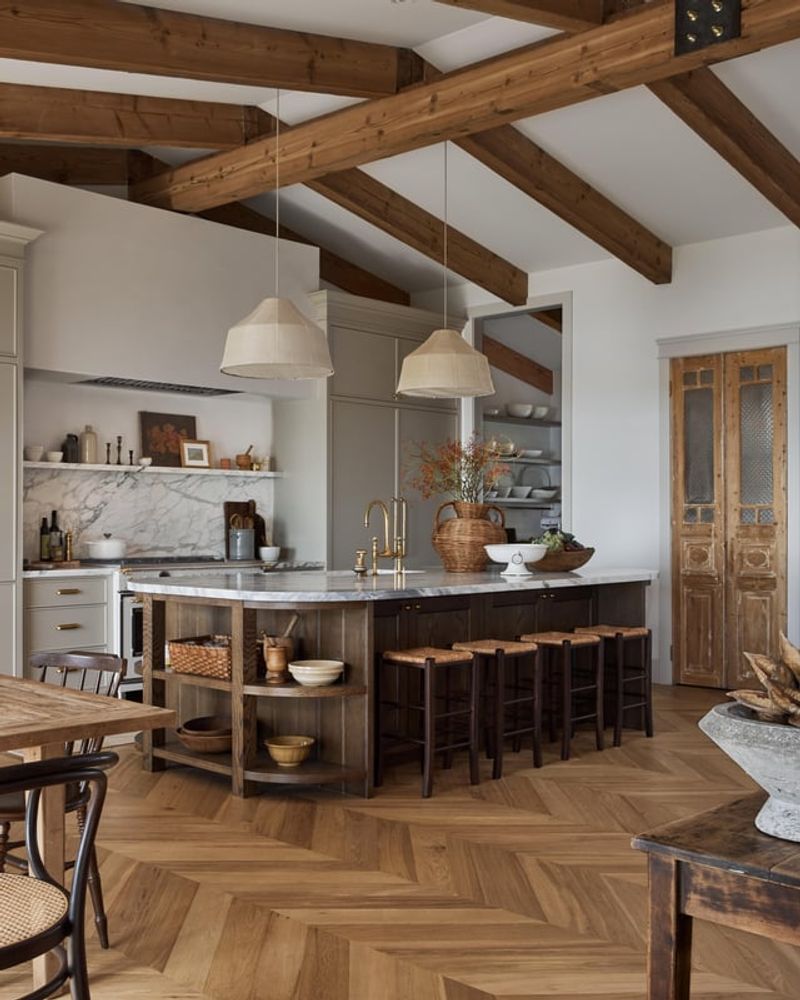
High above, like the guardians of history, exposed wooden beams stretch across ceilings. These beams, aged to perfection, echo the architecture of yesteryears.
They add a touch of rustic vibe, inviting you to look up and imagine the lives that unfolded beneath them.
Not just structural elements, these beams are character-defining features that remind us of a time when buildings were crafted with care and love.
3. Classic white or cream color palette
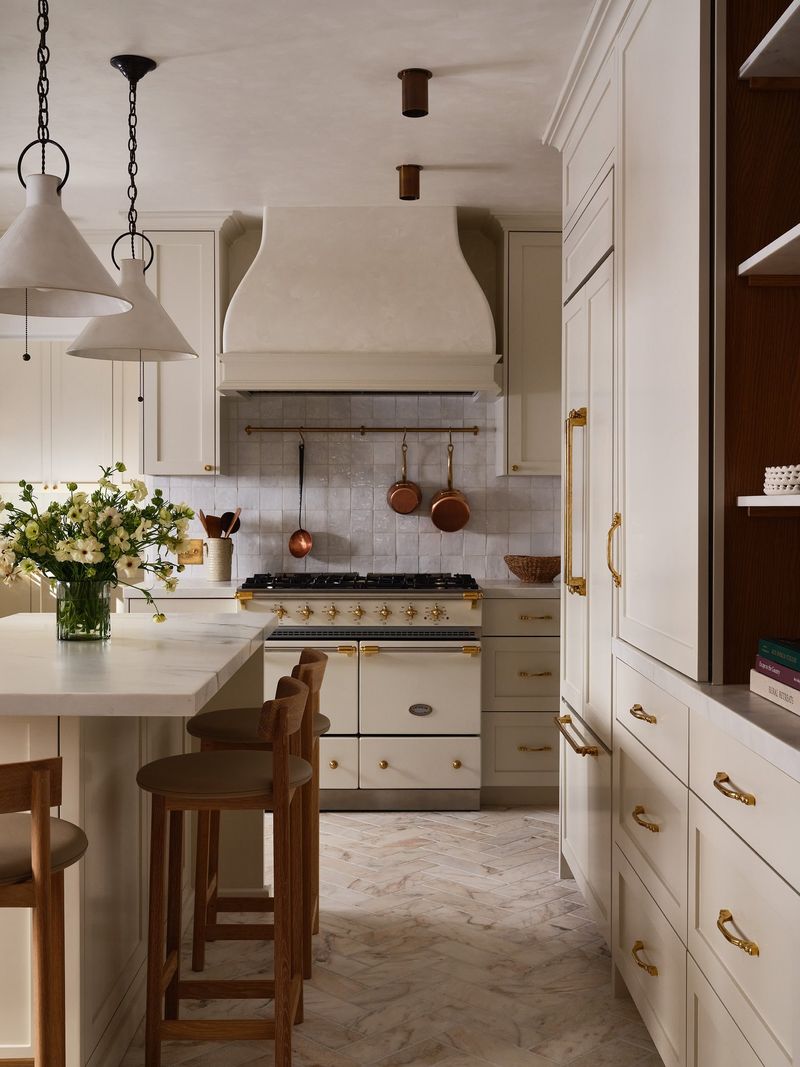
There’s something soothing about a classic white or cream color palette. It wraps the kitchen in a gentle embrace, creating a space that feels both fresh and timeless.
This palette reflects light, making rooms appear larger and more inviting. It’s the unifying element that ties together diverse design elements, allowing the beauty of each to shine without competition.
An ageless choice, it sets the stage for culinary creativity and family gatherings alike.
4. Antique brass or bronze hardware
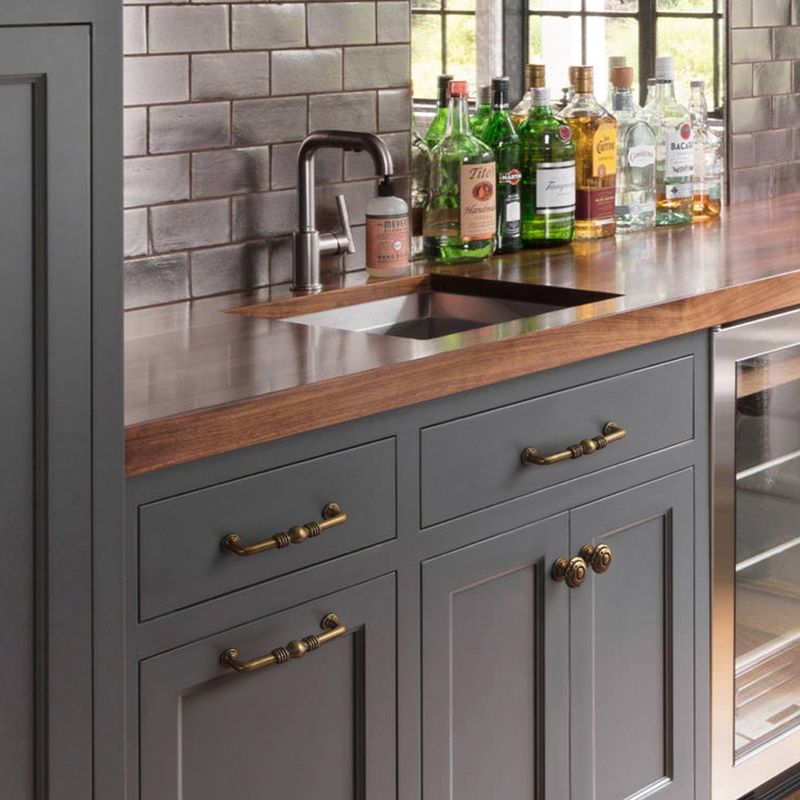
Often overlooked, hardware plays a crucial role in the kitchen’s story. Antique brass or bronze hardware, with its rich patina, adds an element of history and charm.
Each piece is like a small work of art, boasting intricate details that elevate the entire space.
These materials, once common in colonial times, continue to offer durability and style, bridging the gap between past and present in a subtle yet profound way.
5. Farmhouse sinks with apron fronts
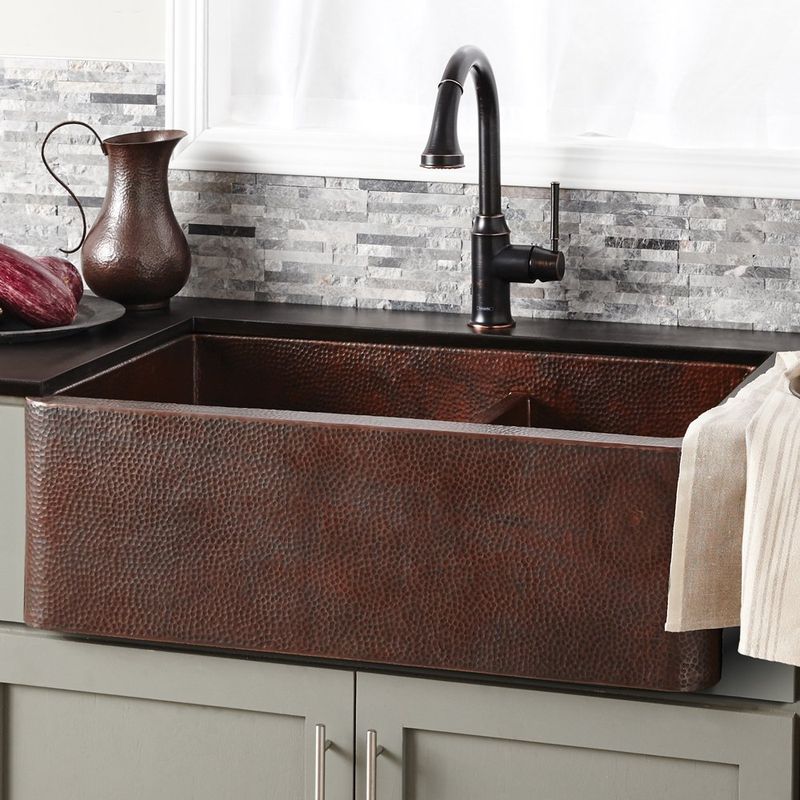
The farmhouse sink stands as a testament to practicality meeting style. Its apron front and generous basin make it a functional centerpiece in any colonial kitchen.
This design, reminiscent of simpler times, evokes a sense of nostalgia for home-cooked meals and family gatherings.
The blend of form and function in these sinks is what makes them so appealing, offering ample space for everything from washing dishes to filling pots with ease.
6. Marble or granite countertops
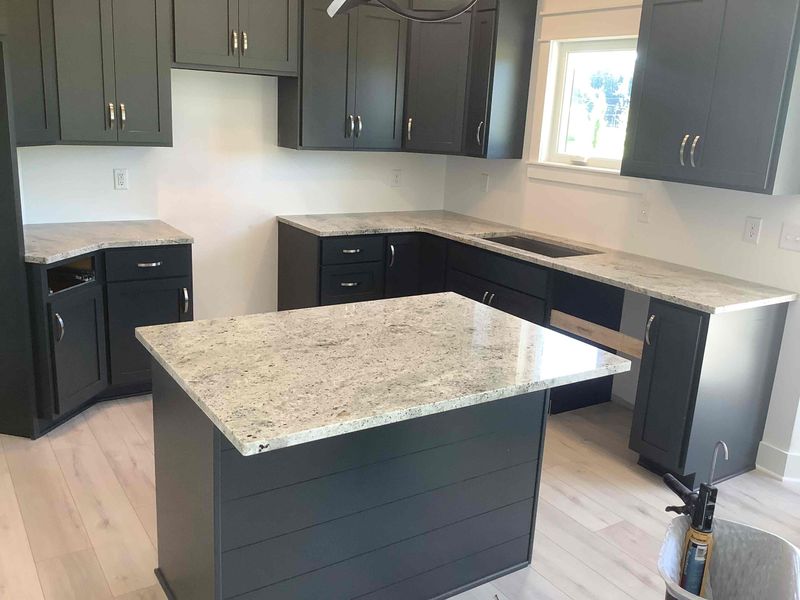
In the world of countertops, marble and granite reign supreme. Their natural beauty and durability make them a favored choice for those seeking luxury and practicality.
Each slab tells its own story, with unique veins and patterns crafted by nature over millennia.
These surfaces, cool to the touch, provide the perfect canvas for culinary artistry, merging elegance with everyday functionality in a way that few materials can match.
7. Subway tile backsplashes
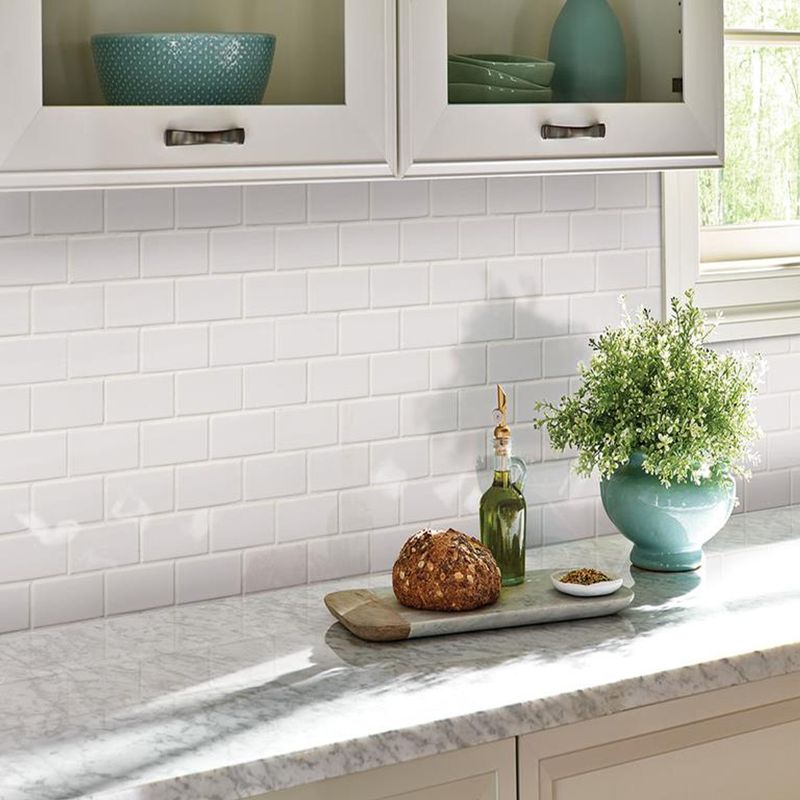
Subway tile backsplashes bring a touch of metropolitan vibe to the colonial kitchen. Their clean lines and simple design speak to a time when simplicity was the height of sophistication.
These tiles create a seamless backdrop for the kitchen, accentuating the other elements like cabinetry and countertops.
The gloss of the tiles reflects light beautifully, adding a touch of brightness to the culinary environment.
8. Spacious kitchen islands with seating
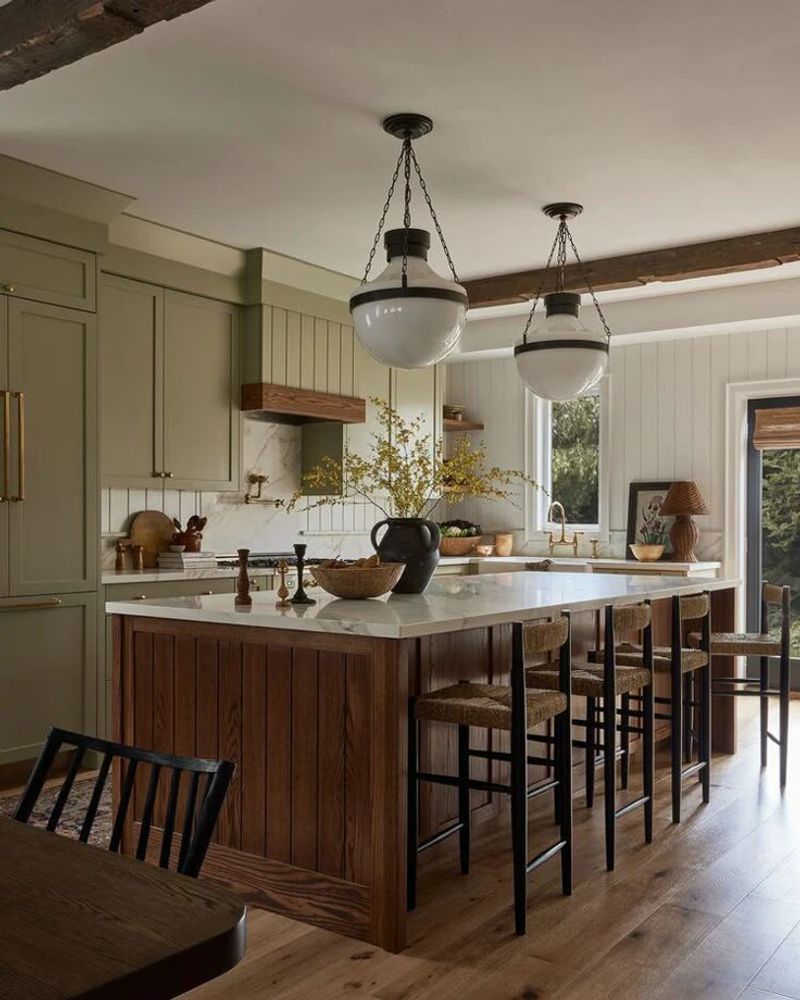
The kitchen island is more than just a workspace; it is a social hub. With seating incorporated, it becomes a place where stories are shared and memories are made.
In a colonial kitchen, a spacious island serves as both a functional surface and a gathering spot, bridging the gap between cooking and conversation.
It invites family and friends to pull up a chair and join in the bustling activity of the heart of the home.
9. Wooden or wide-plank floors
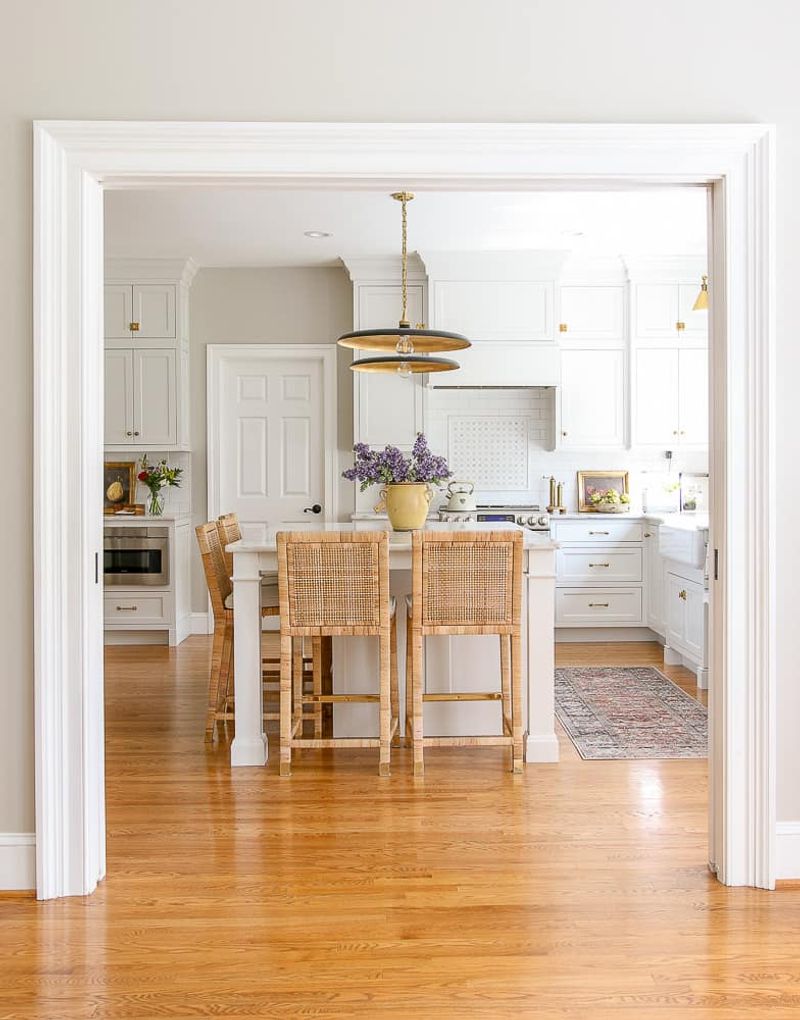
Beneath your feet lies the natural warmth of wooden or wide-plank floors. These floors, with their rich grains and textures, ground the room in history.
Each step across them echoes with the footsteps of those who’ve come before. They provide a foundation of character and strength, inviting you to walk their length and imagine the stories embedded in their fibers.
They are the silent witnesses to generations of living.
10. Classic double-hung windows for natural light
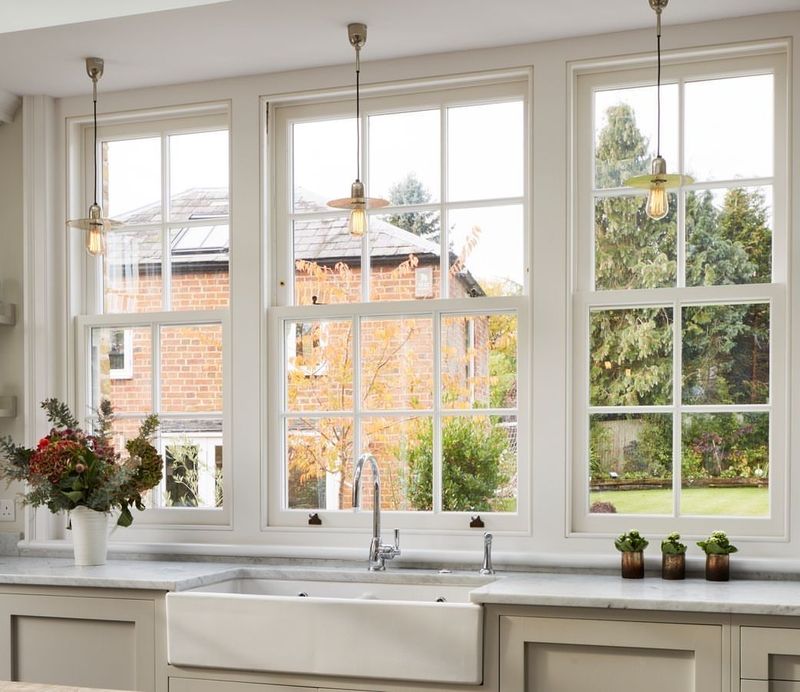
Natural light has a way of transforming spaces, and classic double-hung windows are the perfect conduits.
These windows, with their timeless design, frame views of the world outside while flooding the kitchen with light. They invite the sun to dance across countertops and floors, creating a warm and welcoming environment.
Their design, both functional and beautiful, has stood the test of time, making them a staple in colonial kitchens.
11. Wrought-iron light fixtures
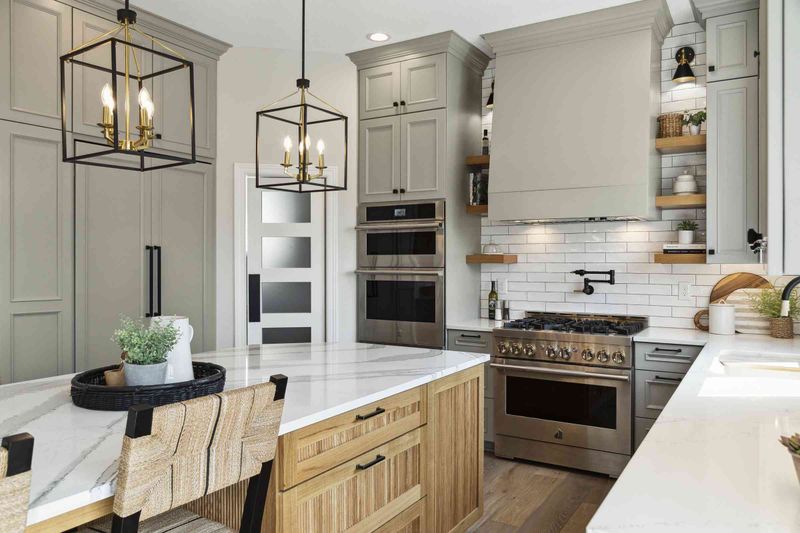
Suspended above, wrought-iron light fixtures cast their glow like sculptures in the air. Their intricate designs capture the eye, adding a layer of artistry to the space.
In a colonial kitchen, these fixtures offer more than just illumination. They bring a sense of history and craftsmanship.
Each piece, forged with skill and care, stands as a testament to the art of metalwork, adding a touch of rustic elegance to the ambiance.
12. Open shelving for displaying vintage dishware
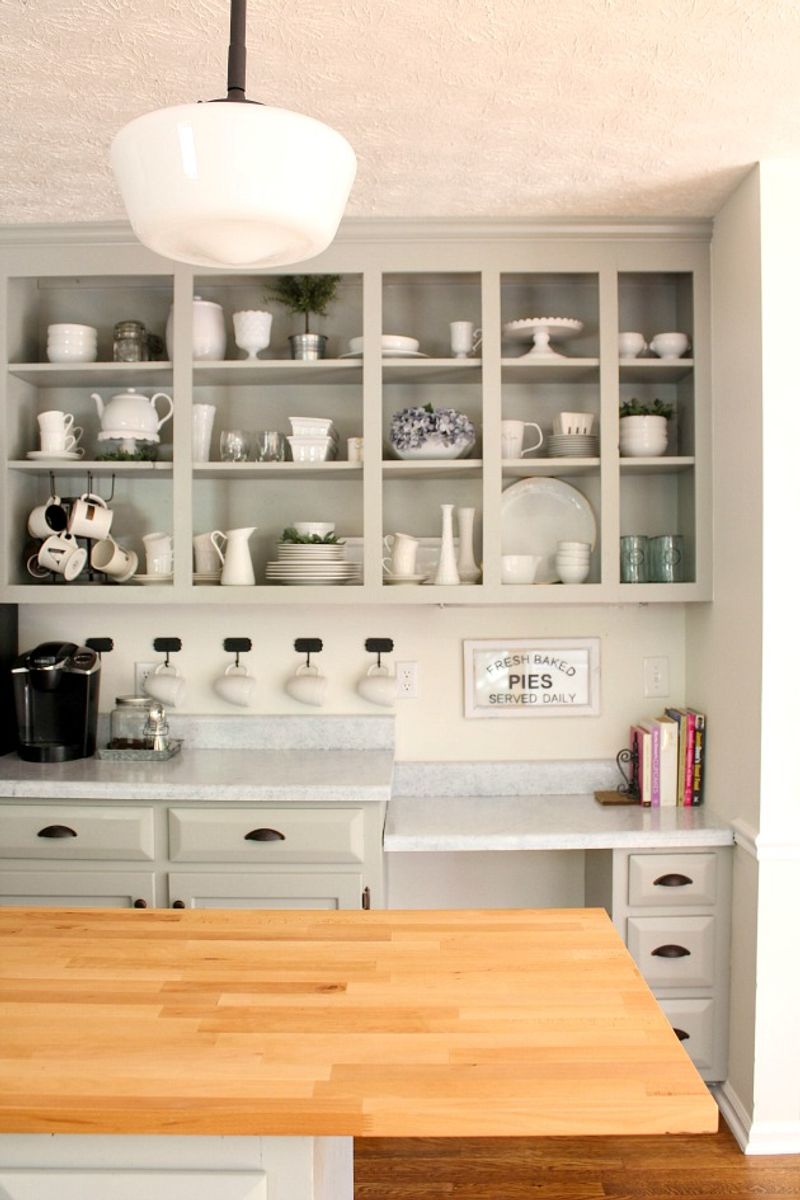
Open shelving invites you to showcase the treasures of the past. Vintage dishware, with its delicate patterns and colors, turns the kitchen into a gallery of nostalgia.
Each plate and cup, carefully placed, tells a story of family meals and gatherings. This approach to storage not only adds visual interest but also makes everyday items easily accessible.
It’s a perfect blend of form and function, wrapped in a sense of history and warmth.
13. Built-in china cabinets
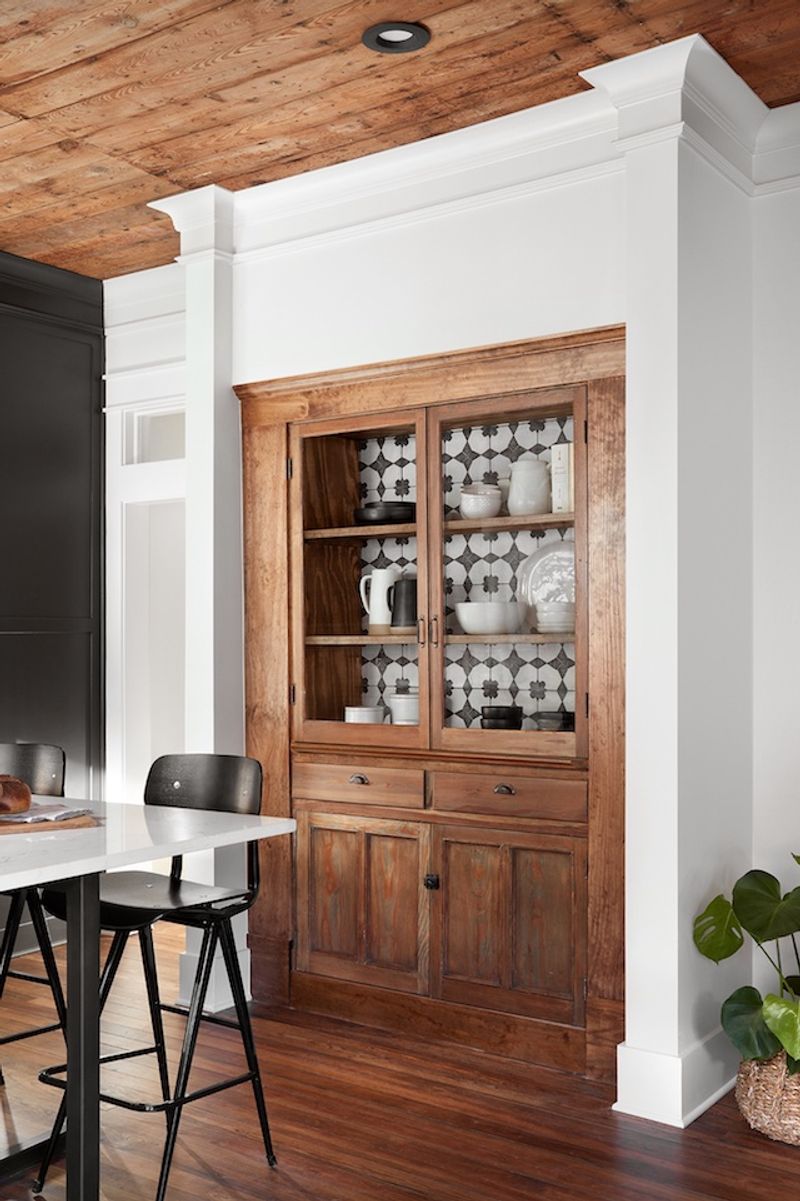
Built-in china cabinets are like the secret keepers of the kitchen. They house fine china and collectibles, turning everyday items into displays of elegance.
These cabinets, often crafted with rich wood and glass, invite the eye to wander and admire the artistry of what’s inside.
In a colonial kitchen, they serve as both storage and statement, blending practicality with a touch of grandeur that harkens back to a more refined era.
14. Shaker-style cabinets for simplicity
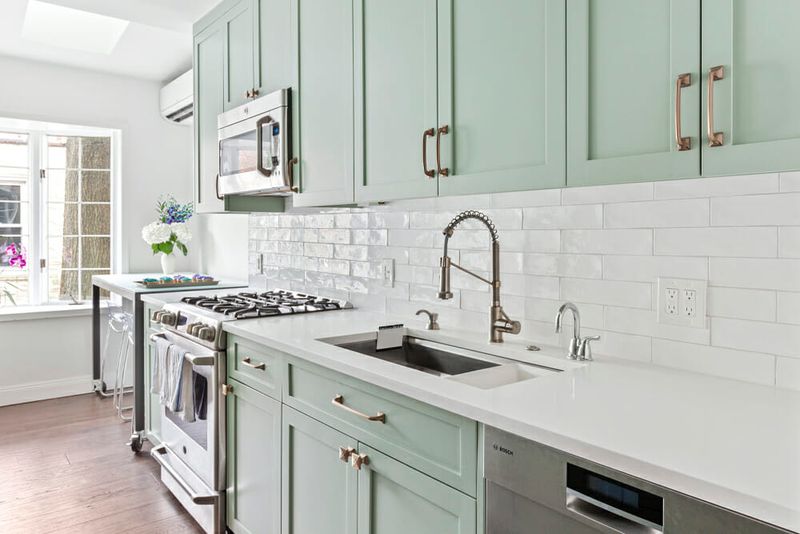
Simplicity is the ultimate sophistication, and Shaker-style cabinets embody this philosophy beautifully.
Their clean lines and minimalist design speak to a commitment to functionality without unnecessary embellishment.
These cabinets provide a sense of order and clarity, allowing other design elements to shine. They prove that sometimes less truly is more in the realm of design.
15. Brick or stone accent walls
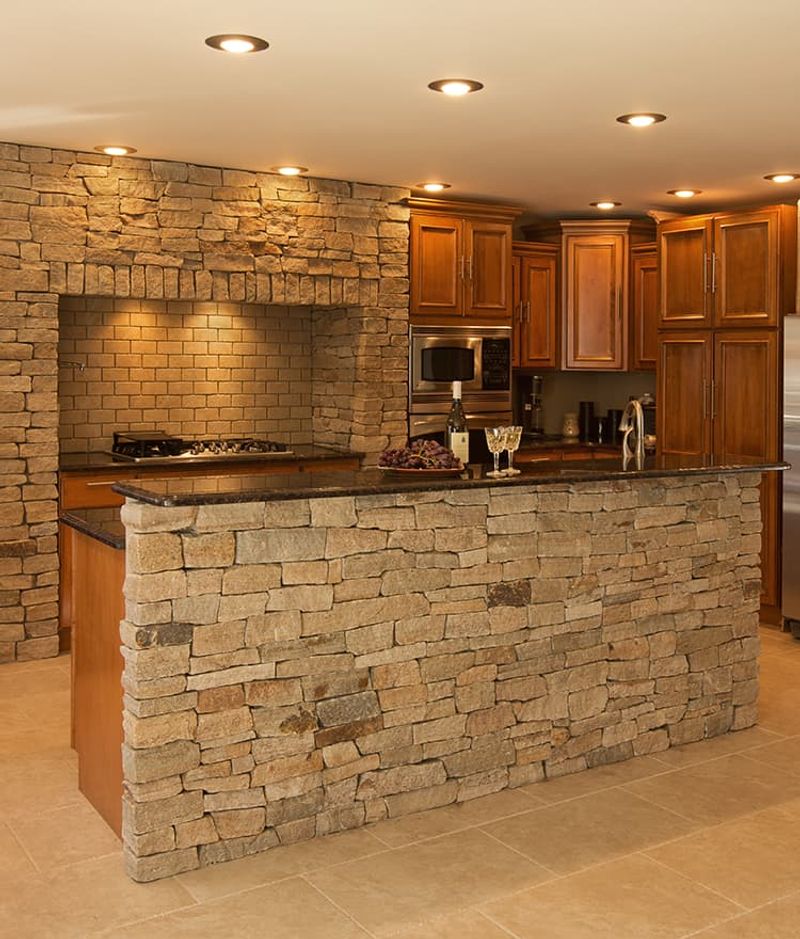
Walls of brick or stone add a rugged texture that whispers tales of strength and endurance. These accent walls bring a touch of the outdoors inside, grounding the kitchen in natural beauty.
Their presence creates a captivating contrast with the polished surfaces of cabinets and countertops.
In a colonial kitchen, these walls are canvases that capture the passage of time and the essence of craftsmanship.
16. Classic wood-paneled walls
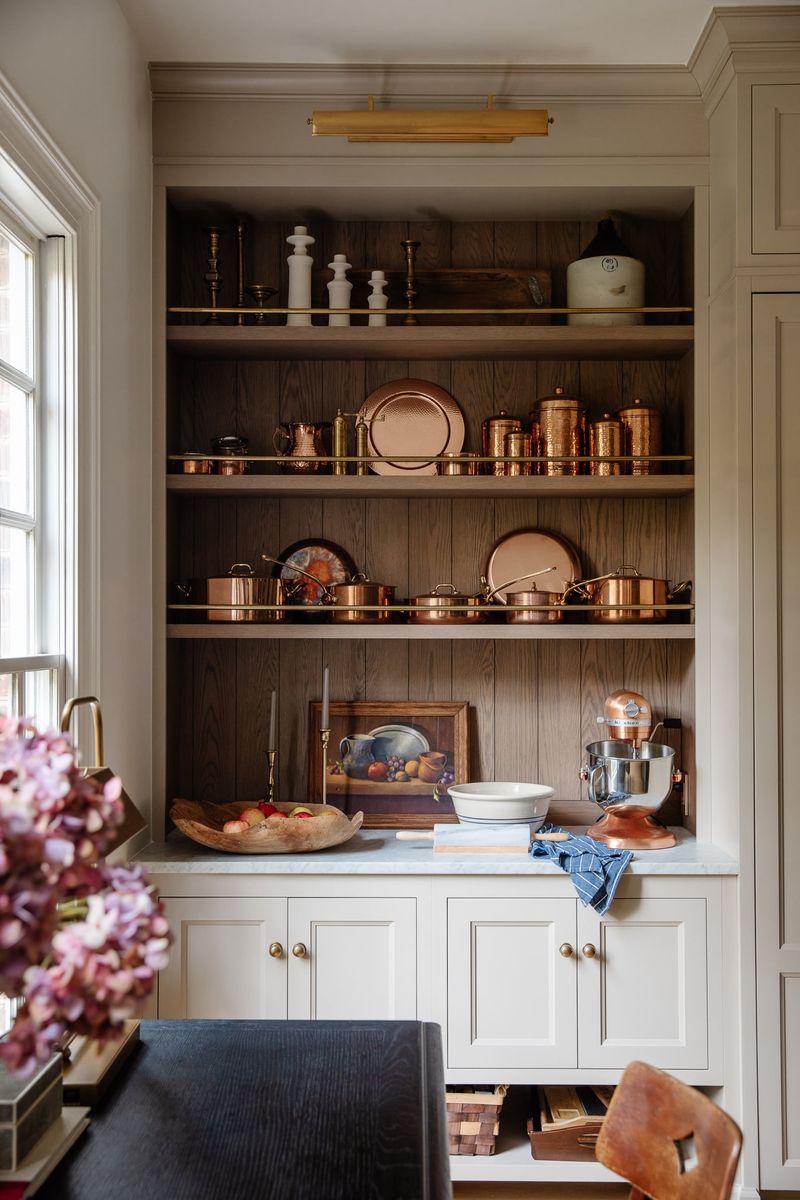
Wood-paneled walls wrap the kitchen in a cozy embrace, offering warmth and character in abundance.
Their rich tones and textures create an inviting environment that feels both timeless and intimate. In a colonial kitchen, these walls serve as a backdrop for culinary adventures and family gatherings alike.
They echo with the laughter and stories of generations, providing a canvas upon which life’s moments are painted.
17. Vintage-inspired appliances like stoves with knobs
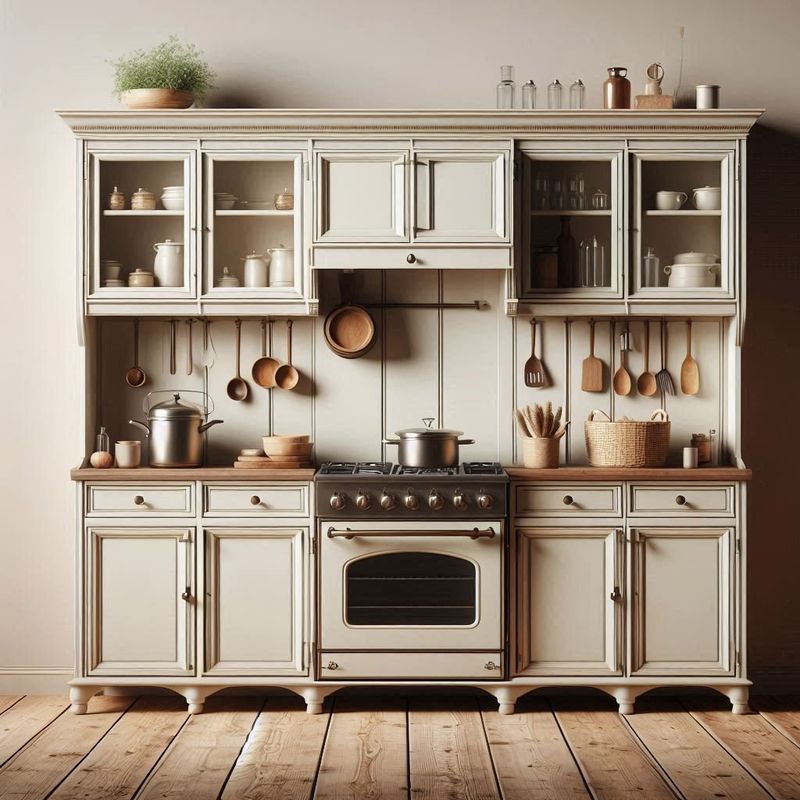
Step back in time with vintage-inspired appliances, where stoves with knobs reign supreme. These pieces blend old-world charm with modern functionality, offering the best of both worlds.
In a colonial kitchen, they serve as focal points that draw the eye and spark conversation. Their retro design elements harken back to a time when cooking was an art, not just a task, and bring a touch of nostalgia to the heart of the home.
18. Colonial-style raised panel doors
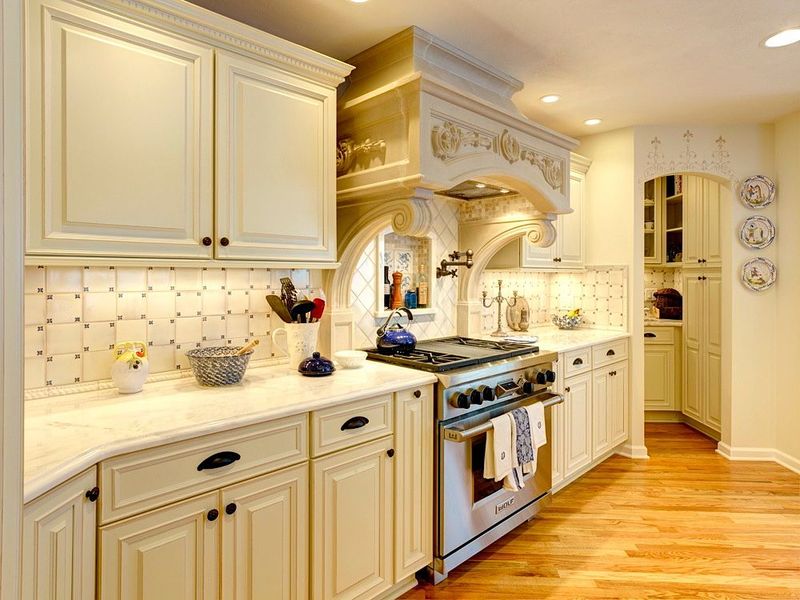
Raised panel doors stand as sentinels of style in a colonial kitchen. Their intricate design and craftsmanship speak to a time when every detail mattered.
These doors add depth and dimension, transforming ordinary cabinetry into extraordinary pieces of artistry.
They are the perfect marriage of form and function, offering both beauty and practicality in abundance. In a space where tradition meets taste, these doors are quintessential elements.
19. Crown molding along the ceiling

Look up, and you’ll find crown molding gracing the ceiling like a royal coronet. This decorative trim adds architectural interest, elevating the entire room.
Its presence is subtle yet significant, providing a finishing touch that ties the design together. In a colonial kitchen, crown molding serves as a nod to the past, when attention to detail was paramount, and every element had its place in the overall aesthetic.
20. Traditional woven baskets for storage
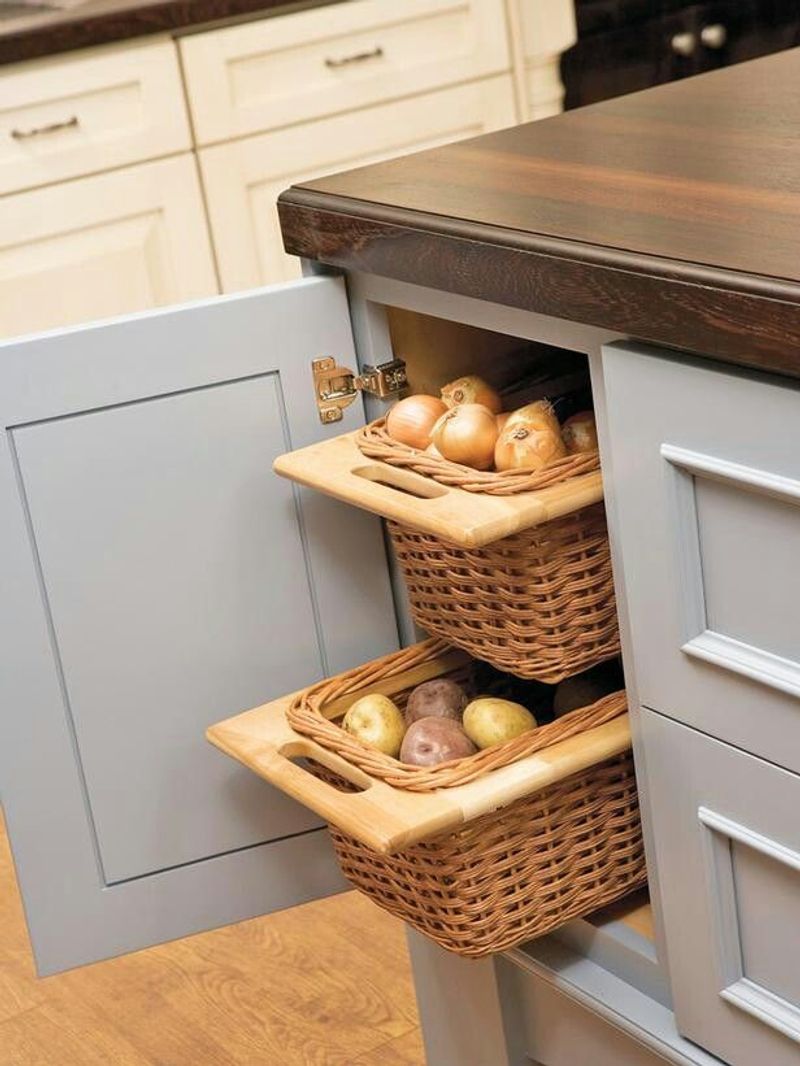
Woven baskets offer a blend of rustic charm and practicality, serving as both storage solutions and decorative elements.
Their natural texture and earthy tones add warmth to the kitchen, creating a space that feels lived-in and welcoming.
These baskets hearken back to a simpler time when everyday items were made with care and skill. They provide a tactile connection to the past, offering utility with a touch of nostalgia.
21. Modern cabinetry that clashes with the colonial aesthetic
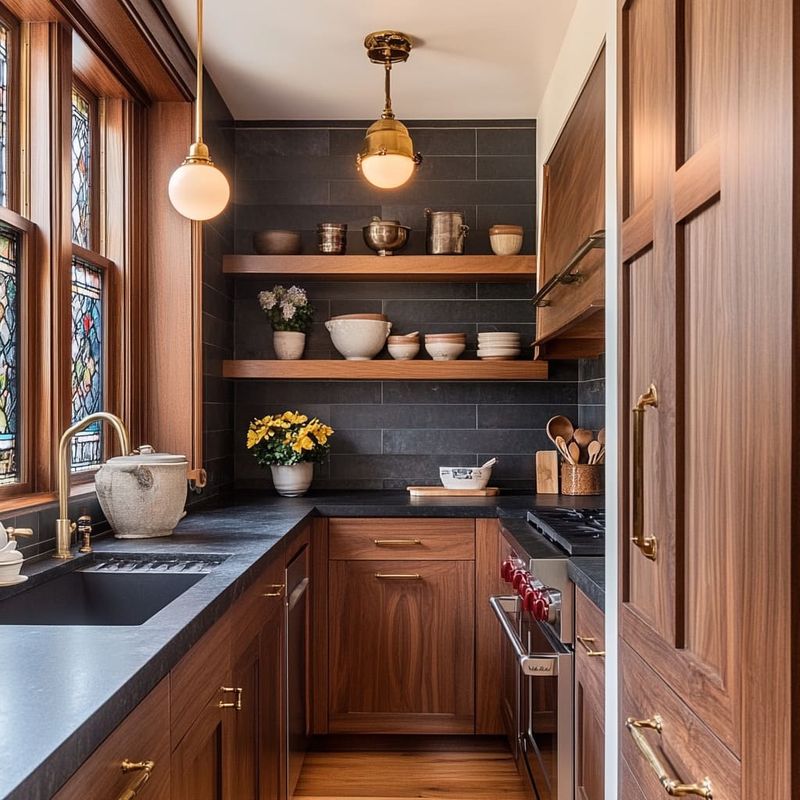
In the realm of kitchen design, not all trends are meant to coexist. Modern cabinetry can feel at odds with the colonial aesthetic, creating a dissonance that detracts from the room’s charm.
While these cabinets offer clean lines and minimalism, they lack the warmth and character that define colonial design. The clash of styles can lead to a space that feels fragmented, rather than cohesive and inviting.
22. Bright, overly bold colors that overwhelm the space

Color has the power to transform a space, but in a colonial kitchen, restraint is key. Bright, overly bold colors can overwhelm the delicate balance of the room, clashing with the subtle elegance of colonial design.
These hues can overpower the warmth and charm that define the space, leading to a visual cacophony rather than a harmonious retreat. Choosing softer, more muted tones allows the room’s natural beauty to shine.
23. Too many open shelves leading to clutter
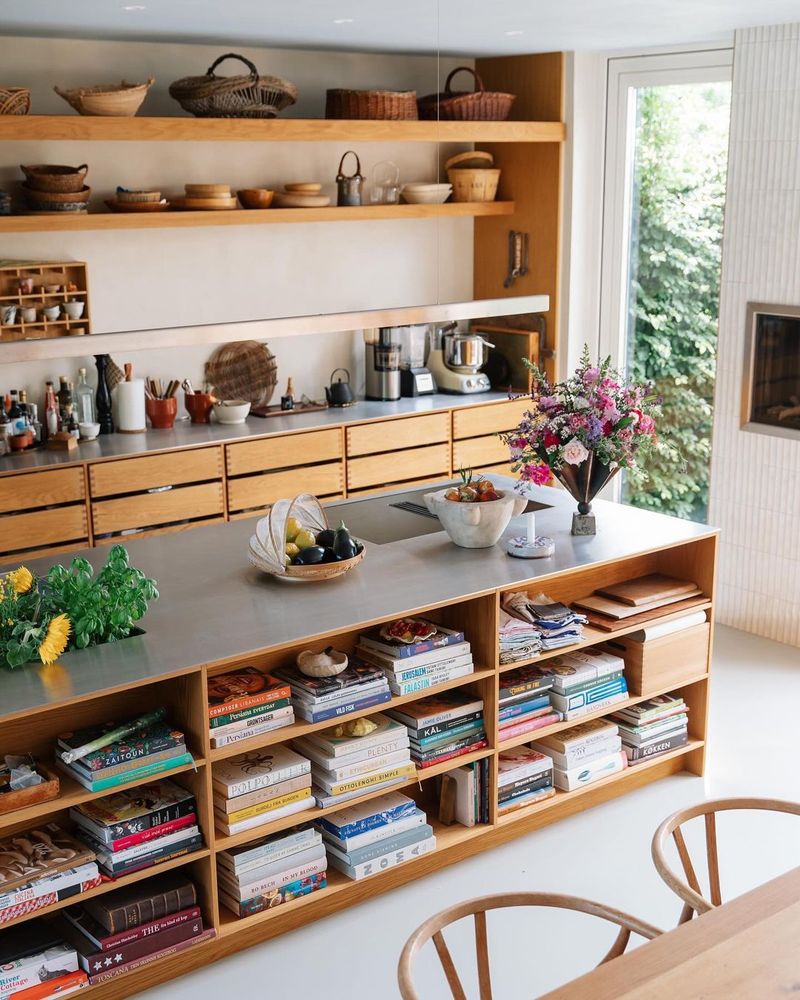
Open shelving offers a stage for display, but too much of it can lead to chaos. In a colonial kitchen, balance is key, and an excess of open shelves can create visual clutter.
Items meant to be showcased become lost in the noise of too much openness. Instead of adding charm, it can detract from the room’s overall aesthetic, turning a space meant for calm and order into one of disorder and distraction.
24. Minimalistic or overly industrial lighting fixtures
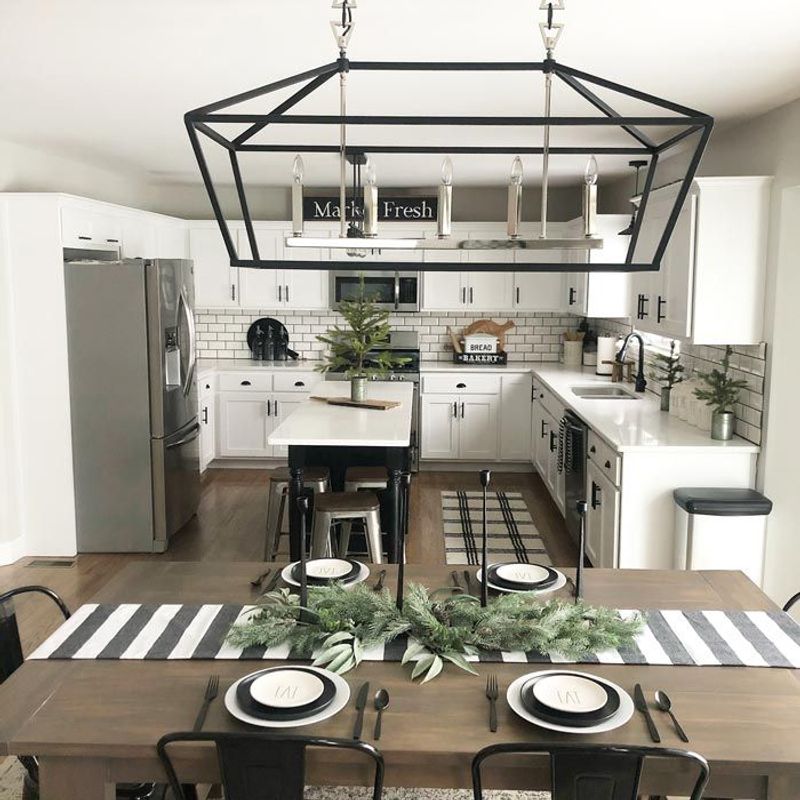
Lighting sets the mood, but not all fixtures are created equal. In a colonial kitchen, minimalistic or overly industrial lighting can feel out of place, clashing with the room’s traditional style.
These fixtures, often stark and utilitarian, lack the character and warmth that define colonial spaces.
Choosing lighting that complements rather than contradicts the aesthetic ensures a cohesive and inviting environment, where every element feels perfectly in sync.
25. Using glass backsplashes instead of classic tiles
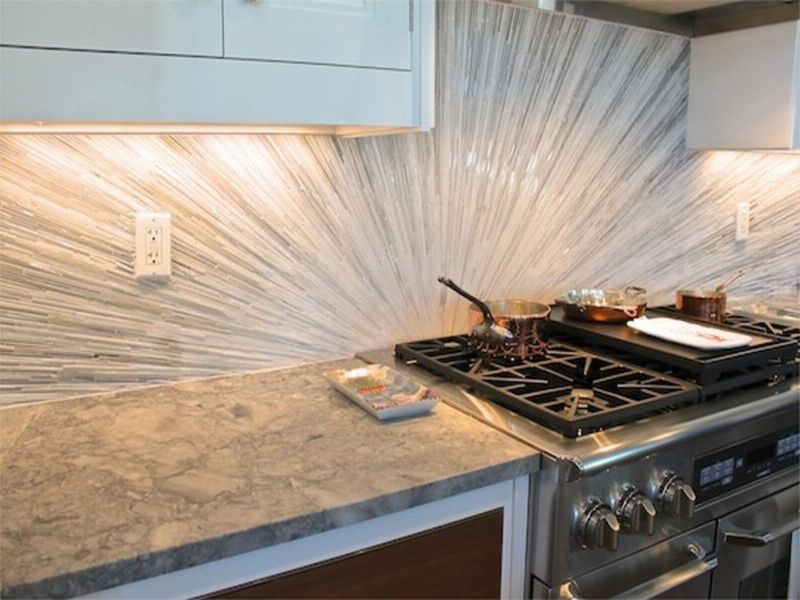
While glass backsplashes offer a modern look, they can feel out of step with a colonial kitchen’s timeless charm.
The reflective surface and minimalistic design contrast sharply with the warmth and texture of classic tiles.
In a space where history and tradition reign, glass can feel cold and impersonal, detracting from the room’s welcoming atmosphere. Embracing classic tiles maintains the integrity of the colonial aesthetic.
26. Overusing stainless steel appliances
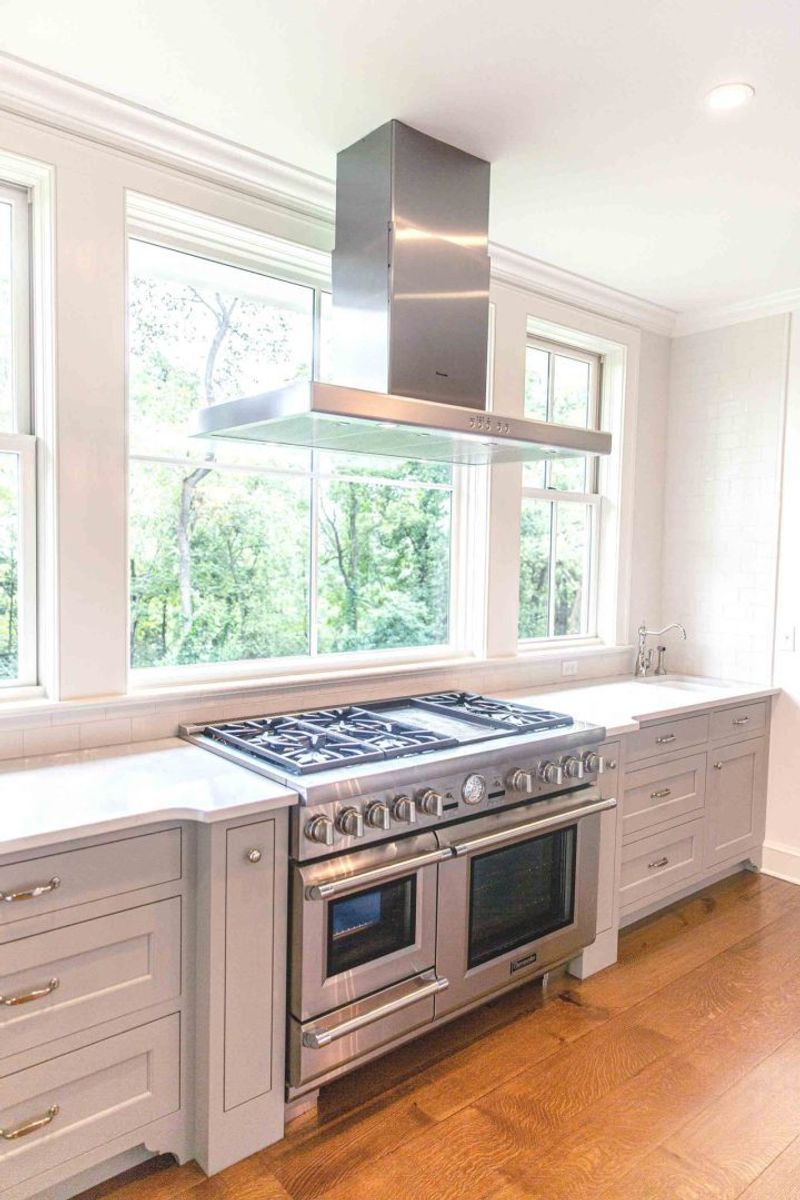
Stainless steel appliances offer modern convenience, but in a colonial kitchen, moderation is key. Overusing these surfaces can clash with the warmth and character of traditional design elements.
The cool, industrial feel of stainless steel may overpower the room’s cozy ambiance, leading to a disconnect between form and function.
Balancing modern appliances with classic touches ensures a harmonious space that honors both past and present.
27. Ignoring the balance of symmetry in design
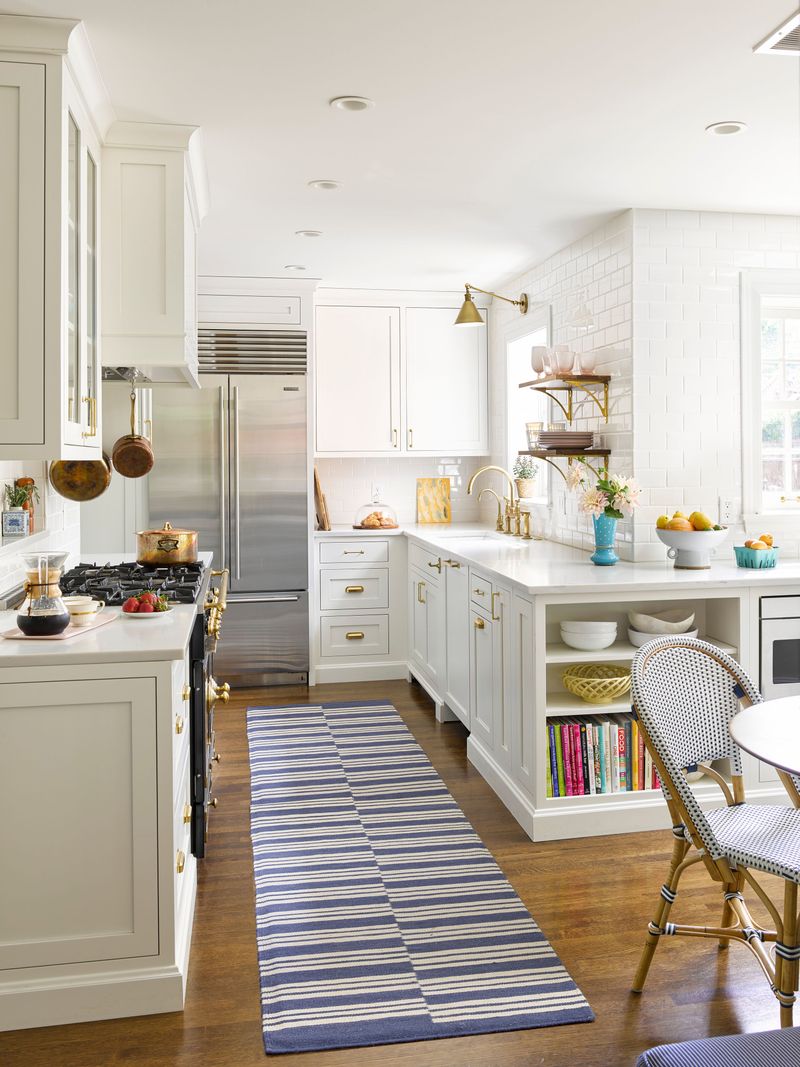
Symmetry is the silent architect of beauty, guiding the eye and creating harmony. In a colonial kitchen, ignoring this balance can lead to visual dissonance, disrupting the room’s natural flow.
Asymmetrical design choices can create tension, drawing attention away from the cohesive elements that define the space.
Embracing symmetry ensures a seamless blend of form and function, where every detail contributes to the overall sense of order.
28. Too much modern technology or appliances in the open
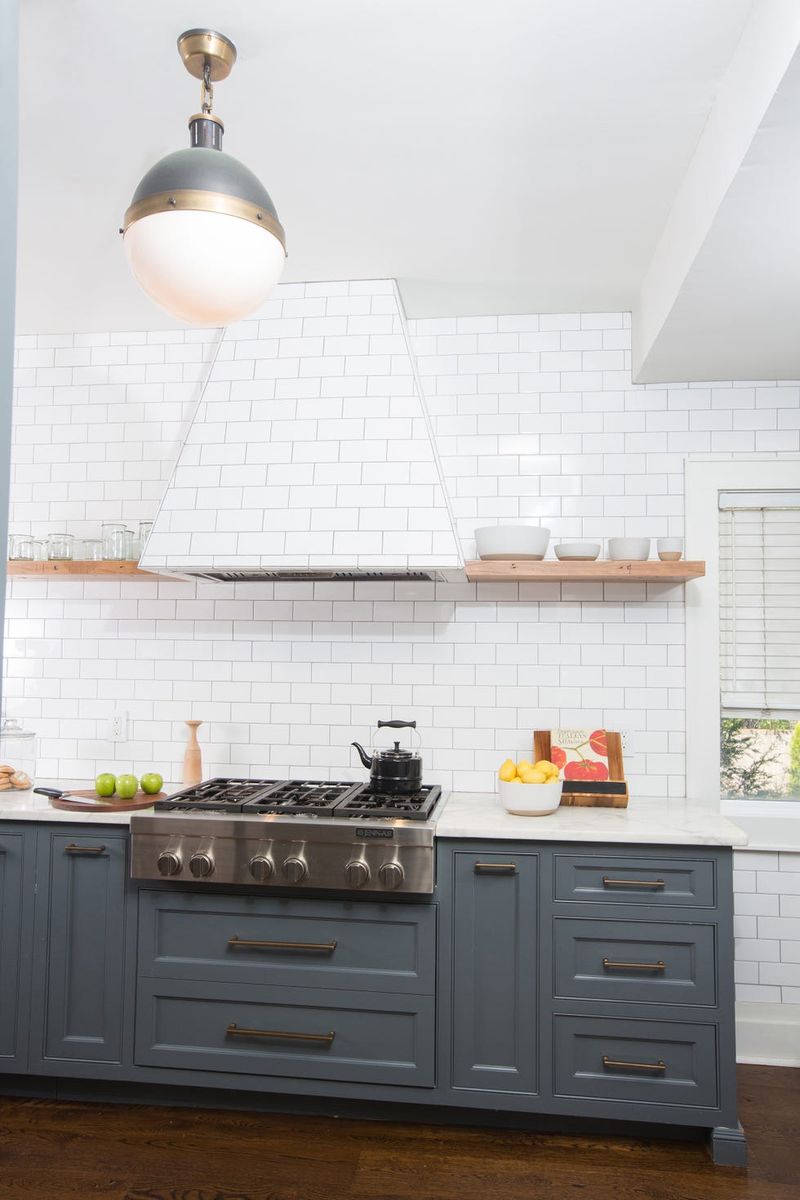
Modern technology offers convenience, but in a colonial kitchen, discretion is key. Too much modernity on display can clash with the room’s historical charm, creating a disconnect between past and present.
These elements can overwhelm the space, detracting from the timeless elegance that defines colonial design.
By keeping technology tucked away, the kitchen maintains its character and warmth, offering a retreat from the hustle and bustle of modern life.
29. Skipping the use of natural materials like wood and stone
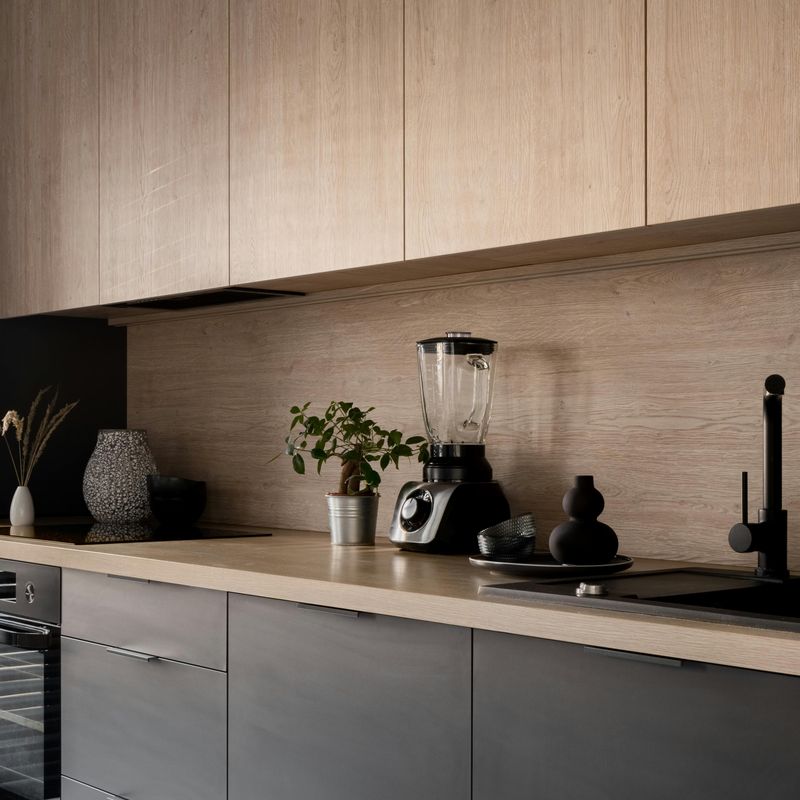
Natural materials like wood and stone are the heartbeat of a colonial kitchen. Skipping these elements can leave the space feeling cold and impersonal, lacking the warmth and texture they provide.
These materials offer a connection to the earth and to the history of craftsmanship, grounding the room in authenticity.
Incorporating wood and stone ensures a space that feels both alive and inviting, where every surface tells a story of nature’s beauty.
30. Forgetting to add personal touches or vintage decor
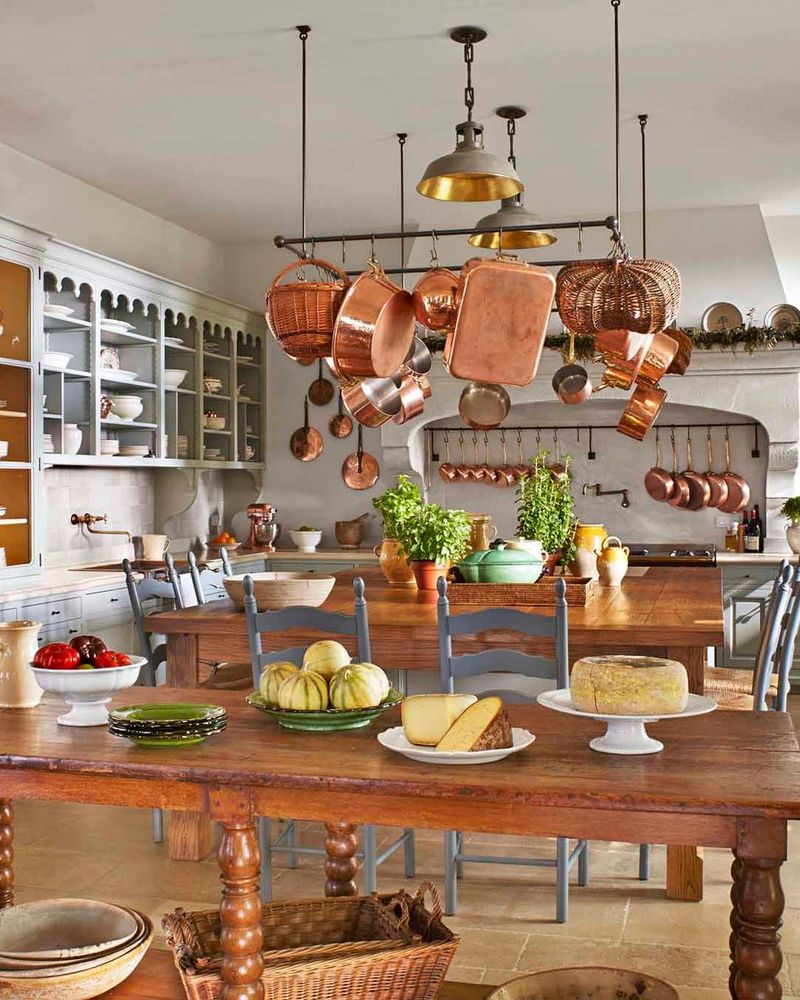
Personal touches and vintage decor infuse a kitchen with character, turning a space into a home. Forgetting these elements can leave a colonial kitchen feeling impersonal and devoid of warmth.
Vintage pieces and personal mementos add layers of interest and history, creating a tapestry of stories that reflect the owner’s journey.
These touches breathe life into the space, ensuring it feels welcoming and lived-in, rather than just a functional room.

